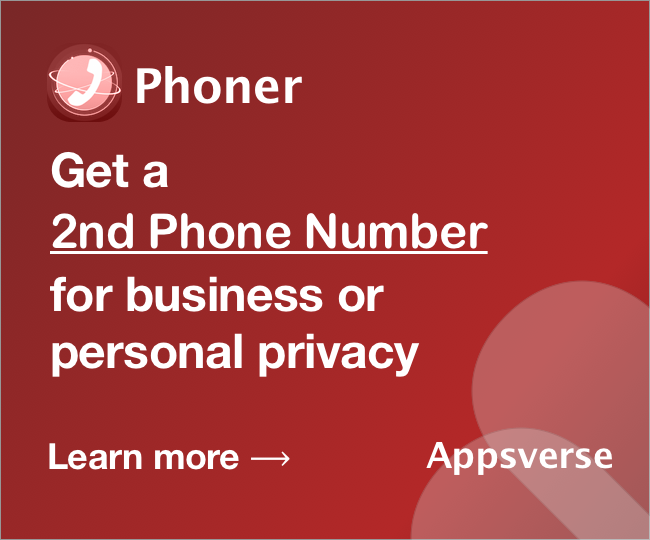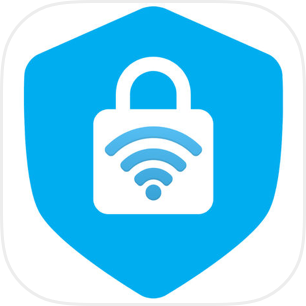You have installed the anti-virus software, you have encrypted your password. And have even blocked your number from people you don’t know. But you just got hacked AGAIN. How is that possible after almost shutting yourself from the world literally. Read on to find out these 4 common hacking methods commonly used by hackers and find out ONE solution to protect your phone from them.
Hacking Method 1: Baiting
Ever found an interesting website ad on your mobile phone and clicked on it, only to be redirected to a random unknown website? You may have thought of it as a technical glitch. But chances are, your phone data may have already been hacked.
Hackers employ a series of professionally looking advertisements and proper-sounding email address to dupe website administrators to post their ads on their site. The end result? A bunch of confused mobile users who thought they were clicking on a “Claim your Prize” website only to find the real winners as the hackers themselves.
Hacking Method 2: Beware the Cookie Monster
Be it visiting a foreign site for the first time, or re-entering your password to Facebook, your internet traces are being recorded as cookies in your system files. Not the biscuits you munch, but it can be as informative as the cookie crumbs you leave behind when your exasperated parents are searching for the person who had a late munch last evening.
Similar to that, online cookies when stolen, can reveal to not your parents, but hackers, of your personal information, down to even your location, through your mobile device. If you think your encrypted mobile is safe, think about it again.

Hacking Method 3: Unsecured websites
Not all websites are secured. That’s a golden rule that has been established time and memorial. But how unsafe can it be? Well, you will be surprised. Public websites and unsafe private URL allows hackers to intercept your data transmission.
So as you download that free pirated music file, your data could be “downloaded” by hackers at the same time. And this form of data interception from your phone is just the tip of the iceberg. Before you download that file you were coveting on the unsecured website, think of who else may be extracting information from you.
Method 4: Downloading spree
And talking about download, it is not downloading process that may be unsafe. Opening an unverified file from the internet can be your one-way ticket to hacking victimhood. Amongst the hacking tools available, Malware, viruses are some of the common features that hackers may install within those harmless looking files that you just download.
How about that joyful Christmas card you received as an attachment in that unknown email source? It could be a silent night for you if that file was infected with virus. Rule 1 in data privacy: Never open unknown files.

With the plethora of hacking tools at hackers’ disposal, it is a serious question to ask how safe you truly are. And if you think that your phone data are safe with anti-virus software, consider this: this software are ultimately internet apps, to defend against the very people who are trained to hack them. And that’s assuming you downloaded the real anti-virus software and not a bogus one in the first place. With your phone number, address, location and much more stored in your phone, you may ask “how do I protect my phone”?
Conclusion: How to protect your phone isn't difficult
To defend yourself against these malicious hackers, defending yourself in their own court is not the best option. Instead, hiding your phone line from them would be the wisest option. And don’t worry, hiding your phone line can be very simple- All you need is a second phone line like those you can buy from Phoner app. Use Phoner app to say goodbye to hackers today.

 4.5/5 on App Store
4.5/5 on App Store





